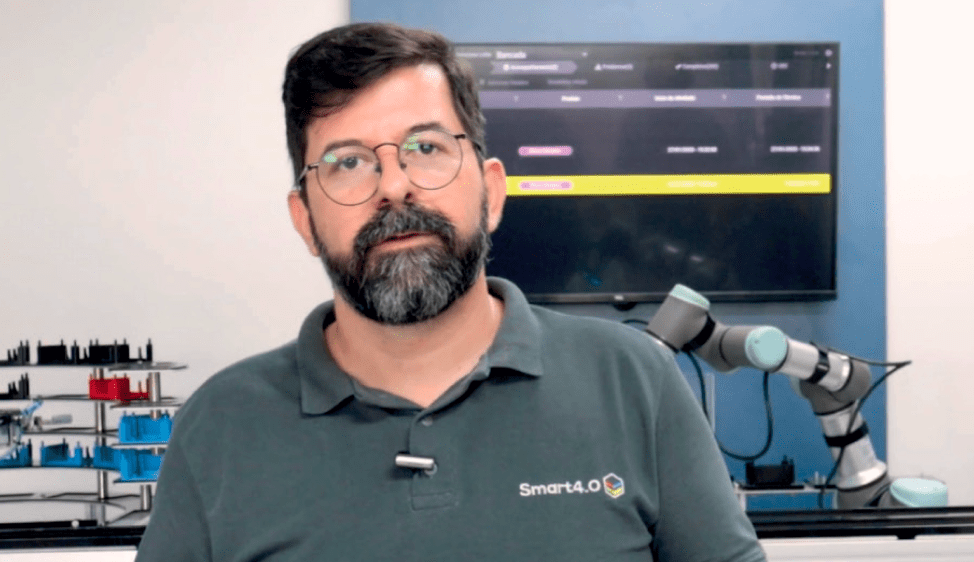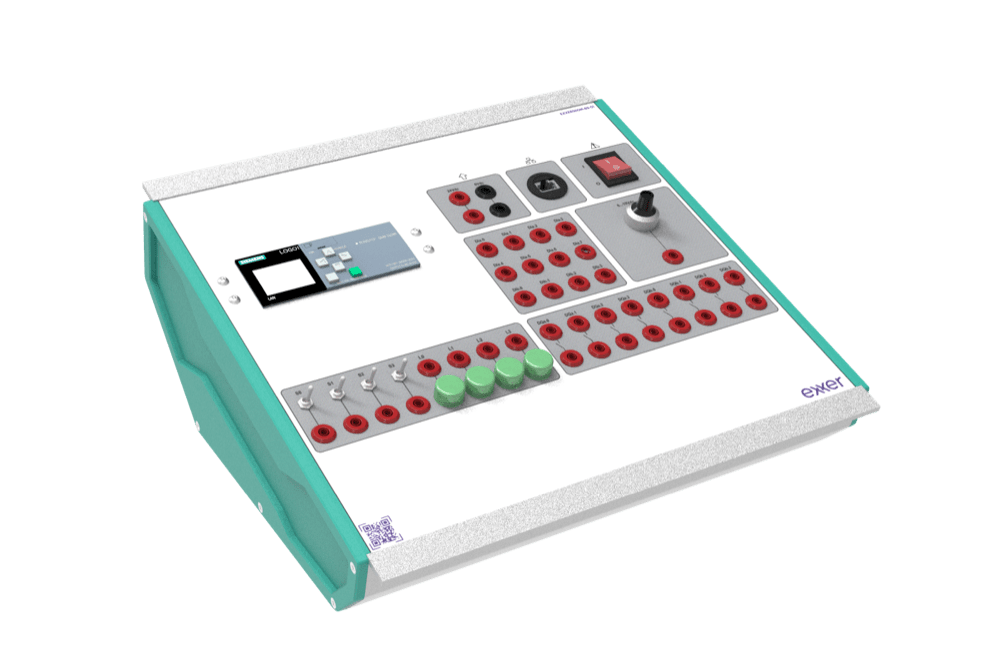Micro automation AUMIC
This series is based on programmable relays LOGO! from Siemens and Clic02 from WEG, which can be programmed in various industrial languages and have connectivity. They allow for an initial introduction and practice of PLC fundamentals, enabling their direct use in small automation projects or providing a foundation for further study in full-fledged PLCs.
Skills and competencies
- Understanding the internal structure of a programmable relay
- Programming in different programming languages
- Implementing basic automated systems
- Using digital and analog inputs and outputs
- Applying timers and counters
Main Differences
Main Benefits
Technological
highlights
LOGO! and Clic02 are programmable relays (micro-PLCs) that are easy to program and use, designed for industrial, commercial, and residential applications. Both have an incorporated alphanumeric HMI (Human-Machine Interface).
The intuitive and free programming tools make it easy for beginners to get started with this technology.
LOGO! has an Ethernet port, allowing communication with PCs, cloud applications, and other automation devices.
Clic02 has a Modbus communication port, enabling the creation of networks with other Clics or the control of other devices, such as inverters.
Processo de Manufatura com Comandos

This series is aimed at micro-automation, i.e., the use of micro-PLCs or programmable relays. Featuring options of the most commonly used programmable relays in the market, these kits are ideal for teaching programming fundamentals and PLCs in an introductory manner for courses that are not in the automation field.
FILL FORM AND RECEIVE OUR CATALOG IN YOUR EMAIL
Courseware
The teaching kits are accompanied by rich teaching material with a practical focus, which provides practical proposals aimed at developing skills and competencies.
The Student Guide is offered, with proposals for practical activities, the Educator’s Guide, with answers to activities and teaching guidance on the products, and video tutorials to assist in using the tools when using the kit.

